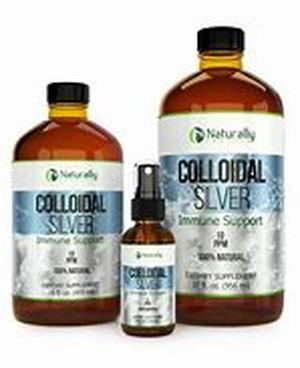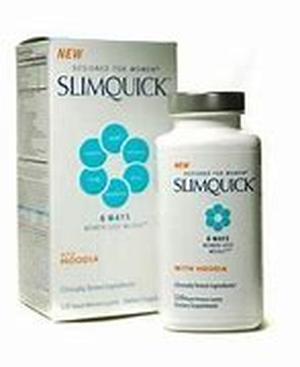
There Is Even A Name For It Water Treatment, The Process By Which Water Is Made More Acceptable For A Desired Use. That Is, Water Treatment Is The Process Of Making Water Safer To Drink Or Use In Industrial Processes With Little To Zero Adverse Impact On The Environment. There Are Many Different Kinds Of Water Treatment Processes. In This Article, We Will Discuss Two Major Types Of Water Treatment: Water Purification And Sewage Treatment.Water PurificationThe Main Object Of This Type Of Water Treatment Process Is The Removal Of Contaminants In Raw Water. The End Result Is Water That Is Pure Enough To Be Used For Drinking Or For Industrial Purposes. What Are Water Contaminants?These Can Be Anything From Chemical Pollutants, Parasites, Or Bacteria, Including The Following: Giardia Or Cryptosporidium Algae Viruses Bacteria Fungi Minerals (lead, Copper, As Well As Non-toxic Metals)These Contaminants Have Varying Risks To A Persons Health. Some Are Very Dangerous While Others Are Not So. However, Removing These Contaminants From Raw Water Through Water Purification Can Help Improve The Taste, Smell, And Appearance Of Water.Sewage TreatmentAnother Method Of Treating Water Is Sewage Treatment. However, Unlike Water Purification, The Main Object Of Sewage Treatment Is Not The Removal Of Contaminants From Water In Order To Make It Drinkable For Humans. Rather, Sewage Treatment Aims To Clean Sewage In Order To Produce A Waste Stream And Sludge, Suitable For Discharge And Reuse Into The Environment. Sewage Is Produced From Waste Matters Of Residences, Commercial And Industrial Establishments And Institutions. Because Of This, Sewage Is Inadvertently Contaminated With Toxic Compounds That Can Be Harmful To The Environment And To Humans. In Order To Make Sewage Reusable By The Environment Once Again, It Has To Undergo A Water Treatment Process.How Is Sewage Treated?There Are Three Stages Involved In Sewage Treatment Primary, Secondary, And Tertiary Treatment. The First Stage Deals With Separation Of Solids From The Waste Water Stream Through Various Mechanical Processes, Including Influx And Pre-precipitation. Next, Water-borne Bacteria Indigenous To The Sewage Then Progressively Convert The Dissolved Biological Matter Left In The Water Into A Solid Mass. This Second Stage Of Sewage Treatment Involves Oxidation, Post Precipitation, And Effluent. Lastly, These Biological Solids Are Neutralized In The Third Stage Of Sewage Treatment. These Neutralized Biological Solids Are Now Ready To Be Disposed Of Back Into The Environment Without Causing Any Adverse Effects. Sewage That Has Undergone Water Treatment Is Often Discharged Into A River, Stream, Wetland Or Lagoon. Sometimes, They Are Also Used For Irrigation Of Golf Courses, Greenways, And Even Parks. If It Is Clean Enough, They Can Also Be Reused To Recharge Groundwater.





